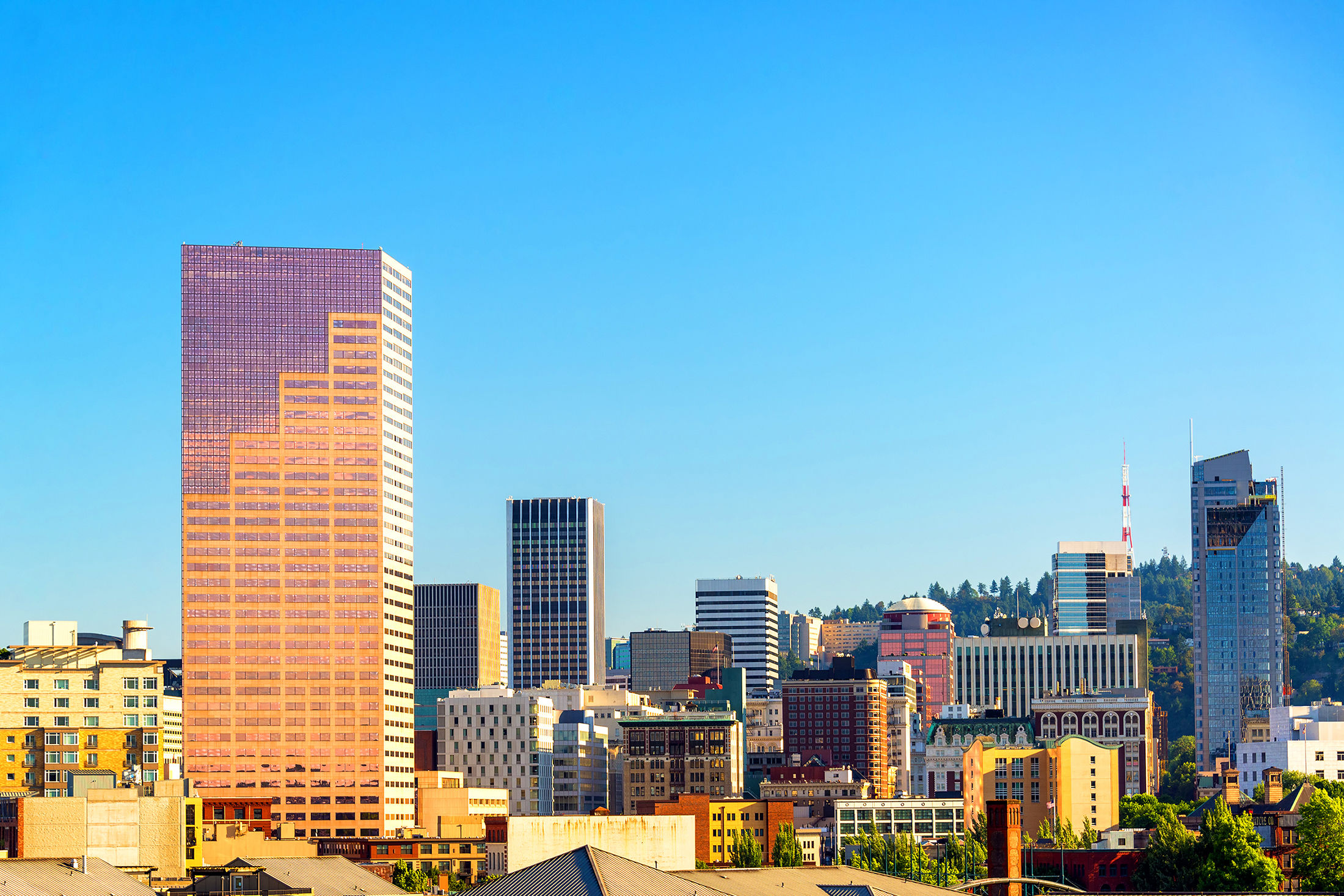How the "Great Renumbering" Tamed the Chaos of Portland Streets

Implemented by city engineer Olaf Laurgaard and encouraged by local realty agents, postal carriers, and anyone else who ever had to make a delivery, the renumbering plan was adopted in 1931.
Image: Margaret Seiler
Portland didn’t always have the quadrants, prefixes, and numbered north-south avenues that let someone know in an instant how many blocks north or south of Burnside and east or west of the Willamette or Williams Avenue an address may be.
Before the 1930s, chaos reigned.
As the early city grew to take in communities like East Portland and St. Johns, many duplicated streets were dealt with in the Great Renaming of 1891, but some remained. And different areas retained clashing numbering practices and baselines, with only 20 numbers assigned per block. Finding a place was far from intuitive: an address of 401 would be on the corner of 10th Avenue on the west side of the Willamette but off Fifth Avenue on the east side.
Implemented by city engineer Olaf Laurgaard and encouraged by local realty agents, postal carriers, and anyone else who ever had to make a delivery, the renumbering plan—largely inspired by a system in use in Milwaukee, Wisconsin—was adopted in 1931. The two-year project put to work many who had been unemployed in the Great Depression, to install new porcelain number tiles in aluminum frames on homes and businesses. Workers “had to be young and spry enough to mount stepladders gingerly,” according to a 1933 Oregonian article.
A block now took 100 numbers, and 1001 fell at 10th Avenue on either side of the river. For speed and uniformity, the city paid for the still-familiar black-on-white tiles, though by 1940 the city was charging 40 to 75 cents for the numbers and frame, depending on the number of digits. Today, with tiles from Pratt & Larson, Rejuvenation sells a re-creation—starting at $86.




